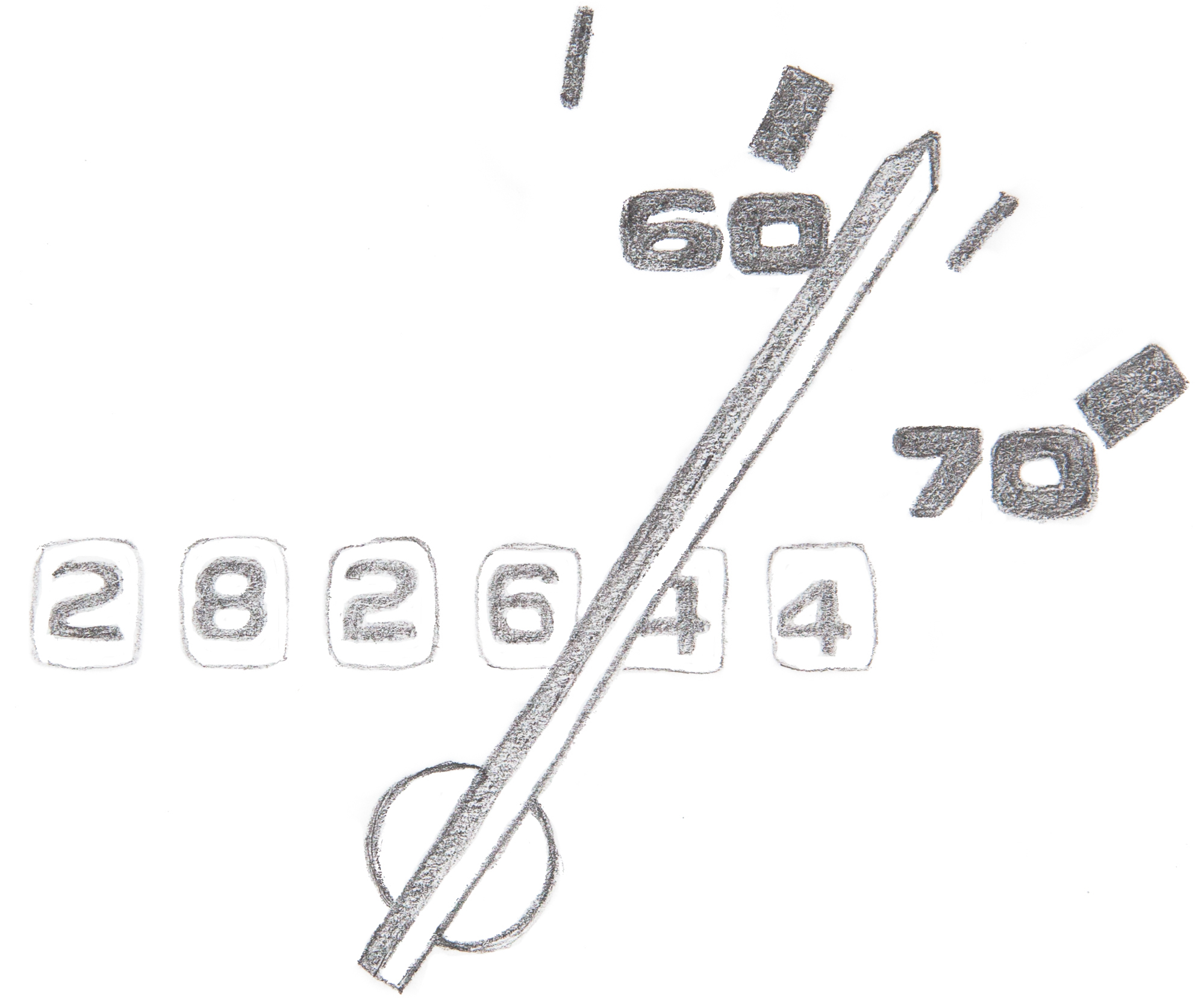20 Minutes on the Williamsburg Bridge

20 Minutes on the Williamsburg Bridge
When I traveled to New York this June, I wanted to make a piece involving demographics. I bike in San Francisco and had read much about the cycling boom in NYC, led by Janette Sadik-Khan (DOT Commissioner) and Mayor Bloomberg's emphasis on making cycling a viable form of transportation. Of course, controversy arose. Some people were incensed that asphalt was being stolen for bike lanes and, maybe more importantly, about the cyclists' attitude – that is, their utter disregard for auto laws. An interesting scene, no doubt.
The piece didn't come together until I met a friend, Florian, for a beer in Brooklyn. I told Flo I was going to make photos of cyclists the next day. After four or five more pints of Brooklyn Lager, he said, "You should go to three of the East River bridges (Williamsburg, Manhattan, Brooklyn)… see what you see." I smiled, it seemed like a great way to spend a Thursday.
This idea opened a technique that is more obvious than it is easy – keeping a static frame, while capturing action that's changing in the scene. As I've done more street photography, this has become a favorite technique, as it requires focus, patience and throwing oneself into the fray – three things I consistently battle with. This strategy not only makes me a better person, it makes me a better photographer, as I usually find something interesting when I simply wait.
However, I couldn't wait for the evening commute and the glow of the magic hour, so I used a polarizer to bring out midday saturations. Since it was a relatively cloudy day (good diffusion), saturations were already decent. I removed the polarizer's effect in post-processing, because I wanted the bridge and its surroundings to be recognizable, but not dominant. I framed a full section of the bridge using the widest end (24mm) of my 24-70mm f/2.8 lens, and added a post-processing vignette, because I couldn't achieve a natural vignette with the aperture that I wanted. Lastly, a tripod would have helped with frame consistency, but making myself small was the only way for this project.
So why just a Williamsburg Bridge profile?
After looking at the final images from the three bridges, isolating one bridge was the most exciting. Overall, I photographed 125 cyclists that afternoon, spending 20 minutes on each bridge. Unlike Flo and I speculated at the bar, there weren't major differences in sex, race and age between the three bridges (I'm no statistician, but I can use excel).
There were, however, some strong trends if you look at the bridges as a whole. While I was shooting, the group passing by was 44% helmeted, relatively young (74% between 20-40 years old), white (67% Caucasian, followed by 8% African-American & 8% Asian), and male (80%). This is probably why no one's obeying the traffic laws.
But, since no one wants to look at a photo set of young white guys, I chose a more diverse set for this piece. When I see these photos, I think of the cultural diversity that our nation was built on, and how that acceptance ensured this would never be a boring place to live.









